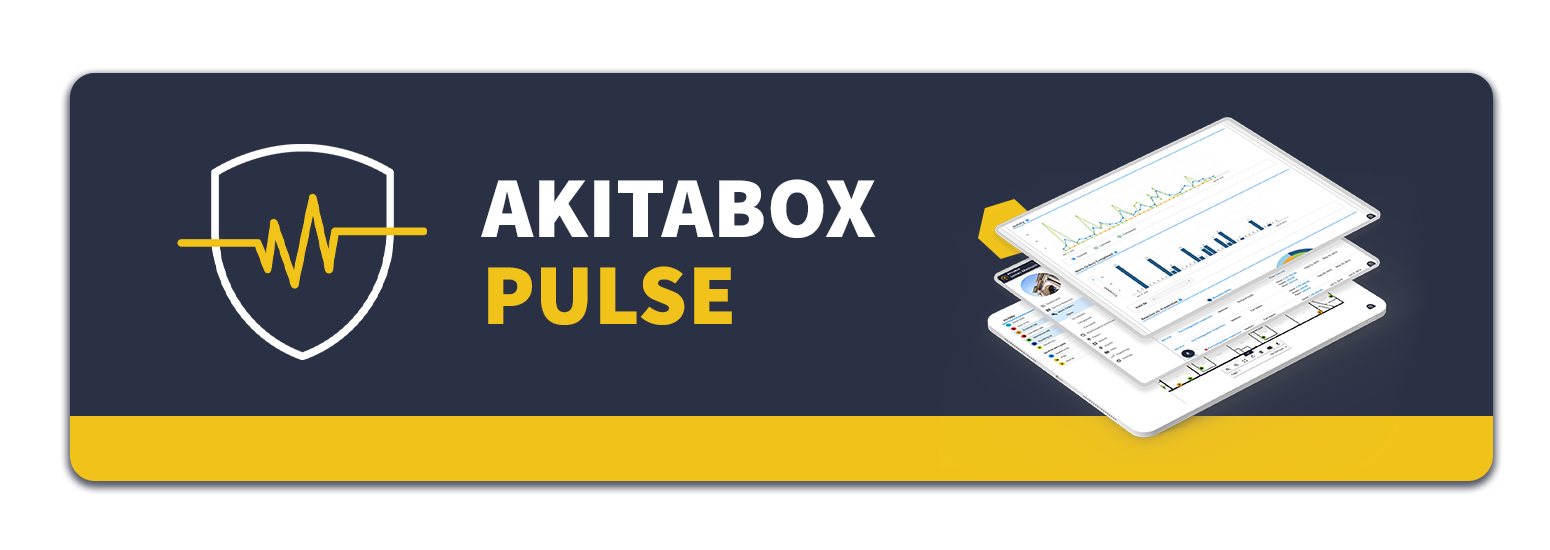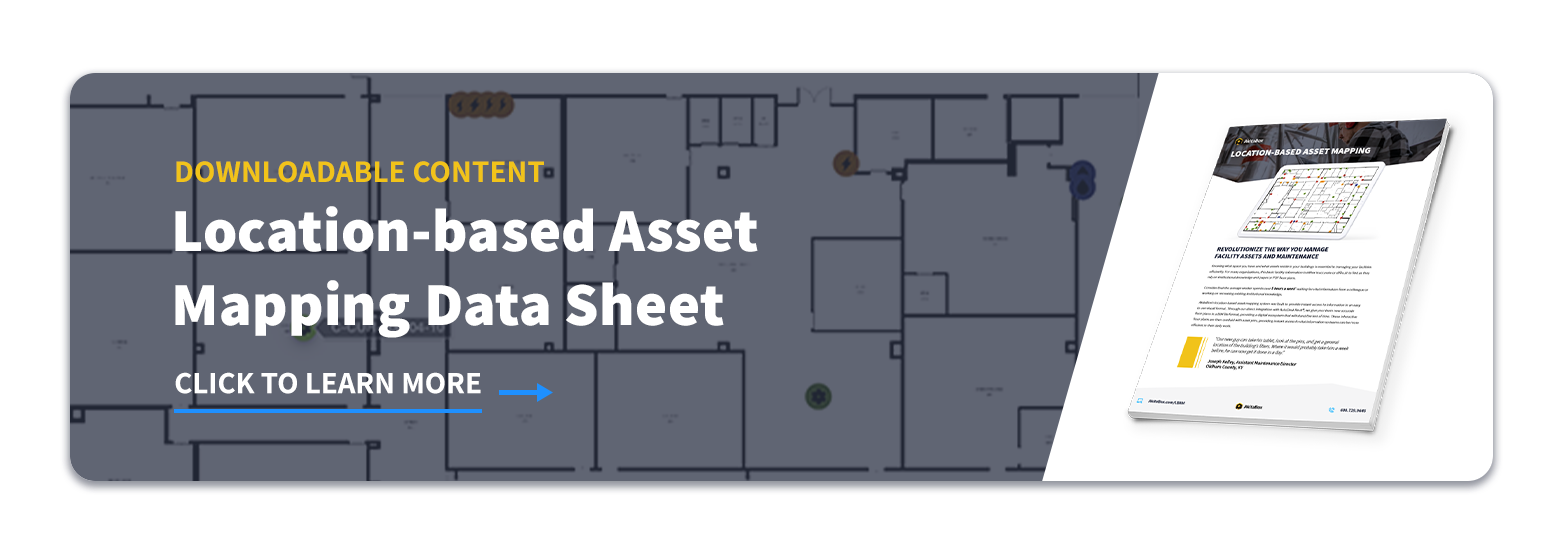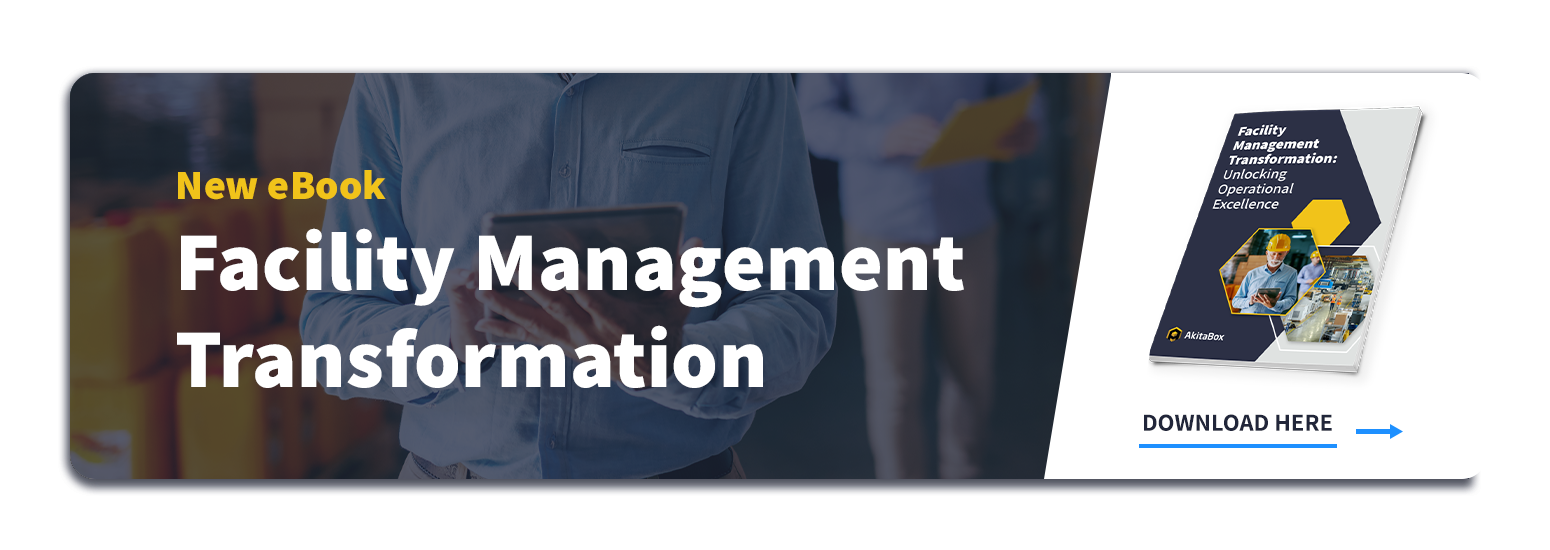Adapt or Die: It’s Time to Transform
In the competitive, quickly changing world of facilities management, spreadsheets and PDFs aren’t cutting it anymore. You may have good FM processes, but chances are they’re disjointed, paper-based, and you’ve been doing them the same way since the Ice Age.
Digitizing what you’ve always done isn’t going to help you reduce costs, improve occupant experience, or keep the C-suite happy. You need to rethink your processes with a transformative mindset.
In this article, you’ll learn the difference between digitizing and truly transforming, discover the powerful benefits of transforming your FM processes, and find 4 key steps for starting your transformation journey.
The Difference Between Digitization and Transformation
Digitizing means putting your existing paper processes into a digital format. AutoCAD is an example.
Before AutoCAD, you had to hand draw every line in a floor plan – and heaven help you if you made a mistake, because you’d have to redraw the whole sheet. AutoCAD replaced, or digitized, hand drafting. But it isn’t an example of transformation. Why? Because AutoCAD digitizes the manual process without changing it. You still have to choose two points and draw a line between the two. It just mimics on a screen what you used to do by hand.
Transformation, on the other hand, looks for ways to better integrate processes and actually change the way you do things. BIM and 3-D modeling are good examples.
With BIM, you don’t have to select four points on a screen to draw a wall in a floor plan. Instead, you choose a wall object and the program draws the thousands of lines needed to represent a wall for you. That’s transformational use of technology versus simply digitizing an existing process.
The Power of Transforming Your FM Processes
From IoT sensors to AI, there’s so much transformational tech out there – but building owners and facility managers often struggle to take advantage of it. Many are still stuck in the digitization phase, trying to organize mountains of siloed information without meaningfully improving their day-to-day processes.
Plenty of facilities teams still have plan rooms full of data, with paper OM manuals and checklist binders. Some have moved their manuals and binders into PDFs. But those PDFs are organized in the same format as the paper versions, so they’re simply a digitization of what was in the binder.
Maybe they’ve uploaded their PDFs to a file server, but again, they’ve just recreated their existing file system in a server. It still takes just as much time to find what they’re looking for. They’ve brought the problems with their paper data and manual processes with them into a digital world.
Moving past straight digitization into transformation brings loads of benefits.
- Discover weak points, duplication, overlap, and inefficiencies in your work flows
- Improve communication between teams
- Automate manual, repetitive, or time-consuming tasks
- Better organize and more easily access your data
- Optimize data for analysis and use the results to drive improvements
- Integrate data silos into a single source of truth
Time for a real-world example. Collecting and inputting asset data is a big part of facilities management. Sweating in the 120-degree boiler room as you try to correctly write down the information on an asset tag isn’t fun. What if you could instead snap a picture of the tag and the information is automatically added to your asset database? Optical Character Recognition (OCR) technology does just that – and it’s already included in AkitaBox’s facility optimization software. Talk about transforming how you handle information.
4 Steps Toward Transformation in Facilities Management
Step 1: Identify Opportunities and Create a Plan
What goals do you want to hit? What technologies do you want to adopt? Pro tip: one of the best (and easiest) starting points is creating a good database of information. If it seems overwhelming, remember there are technology partners out there that can help you get where you want to be.
Step 2: Move Off of Paper
You know that fire damper map that’s all marked up with red pen telling you where to locate each one and the correct inspection order that you pull out of a drawer once every two years? We all have a document like that somewhere. It’s time to digitize them. Transferring your maps, checklists, and SOPs into digital formats is a huge step in the right direction – and lays the foundation for future transformation.
Step 3: Deliberately Implement Software
Don’t buy a new software solution every time you uncover a problem. Snapping up software willy-nilly turns into a Frankenstein’s monster of patched-together solutions that may or may not play well together. Go back to your plan in step 1 and identify tech firms that can help you meet your transformation goals. Then thoughtfully choose the best tools for the job.
Step 4: Map Your Major Assets
You’ll need a technology tool to help you do this – like AkitaBox Asset Management software. As you start to map things out, consider the compliance and maintenance processes associated with each asset. Is there overlap among your processes that you can consolidate? For example, while you’re doing preventive maintenance on a generator, could you also conduct its monthly shutdown test while you’re there? Looking for overlap can help you identify areas to streamline and automate.
Take the Plunge
In closing, look at your processes and technology tools through the lens of true transformation. Taking steps today – even small ones – will get you that much closer to a better future for your facilities.
And if you’re ready to talk transformation, so are we.





